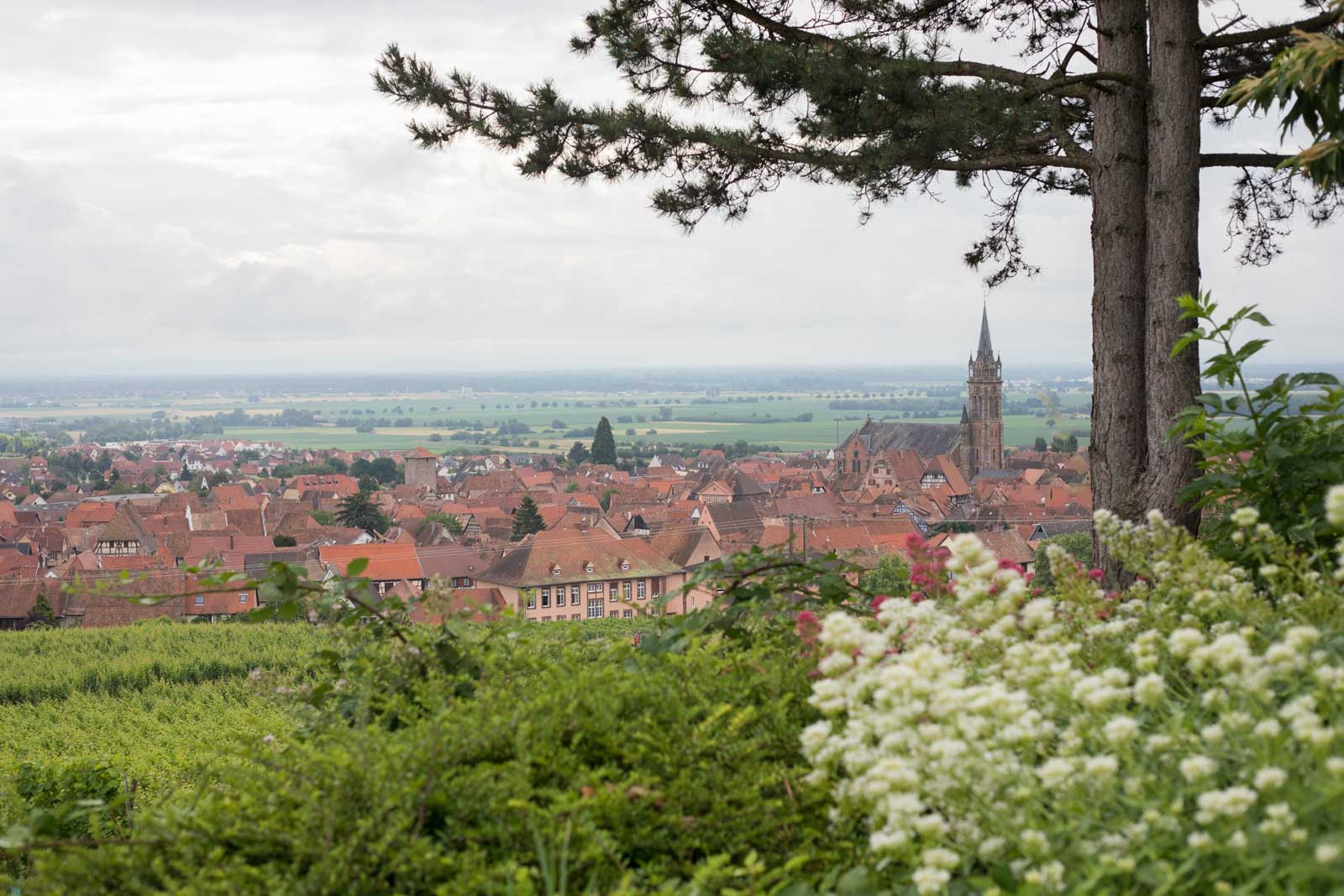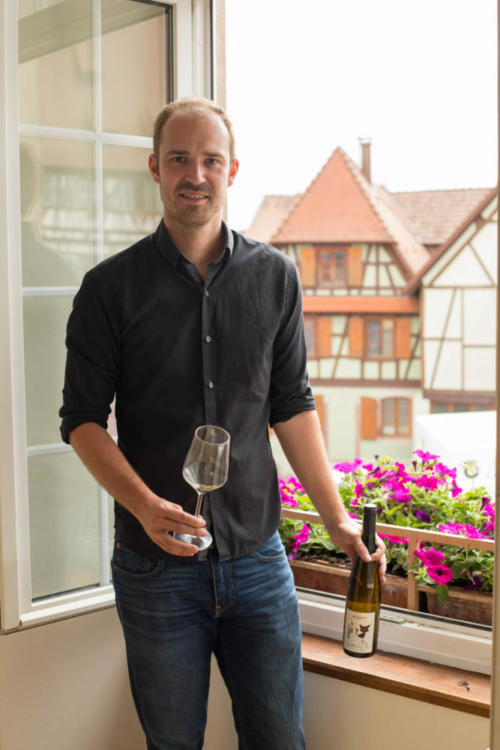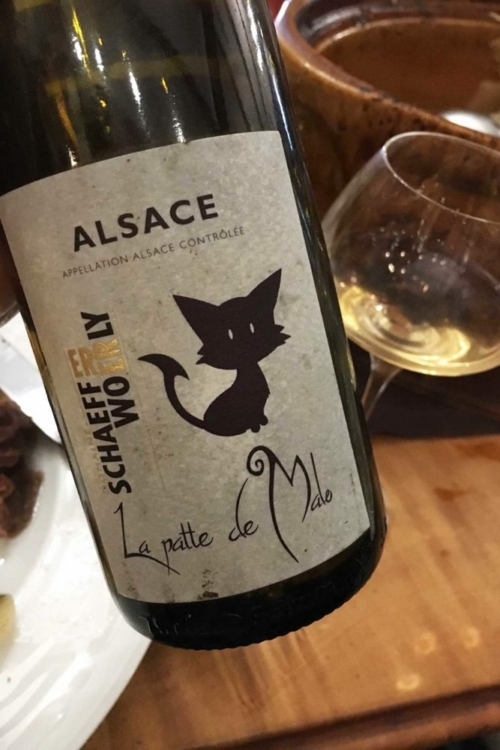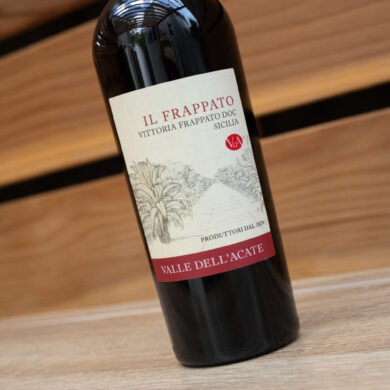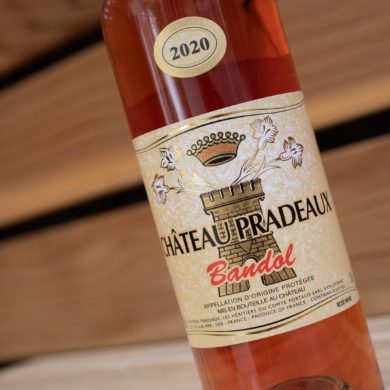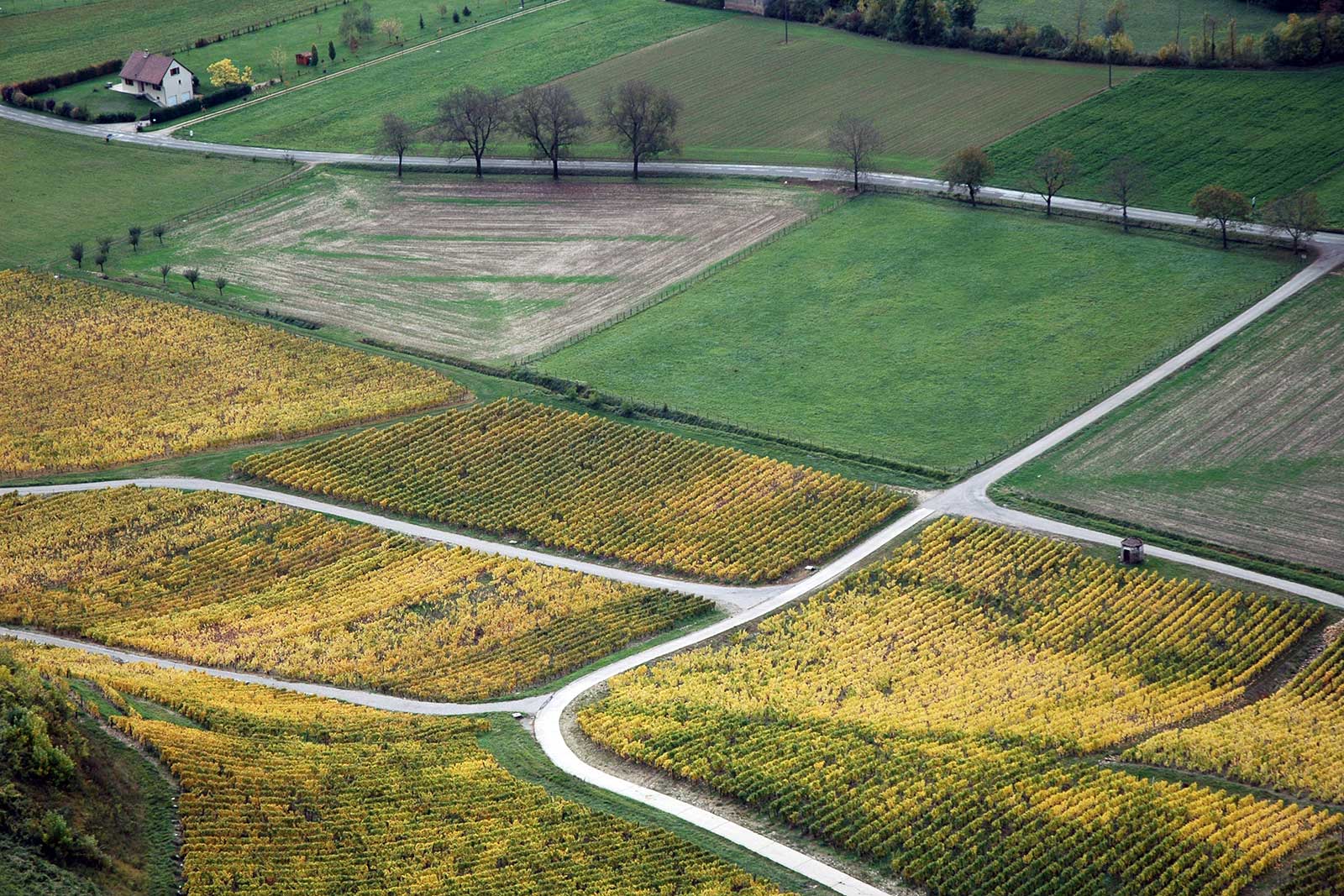In the Alsace wine industry, time is measured in two increments: vintages and generations. It is not uncommon to meet a vigneron, ask a question about recent vintages, and then listen as the conversation pivots to how they are carrying the family torch of winemaking into an 11th or 12th generation. (It is also not uncommon to taste a very good wine, and then learn it never reaches your shores).
Such was the case when I tasted with Maxime Woerly last summer in Dambach-la-Ville, France. Maxime took over his family winery — Domaine Schaeffer-Woerly — in 2016. He produces only 14,000 bottles a year from the eight hectares of vines that he manages.
To Maxime, his generation of Alsatian winemakers are defined by two trends: shifting toward even more “natural” winemaking techniques, and — more importantly — keeping sugar to a minimum.
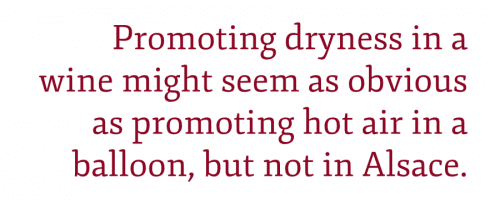 “We are going to dry wines,” he told me. “We had a generation of too much-sugar-everywhere … ‘Generation Coca-Cola.’ I see a difference in the wines [of today’s young winemakers].”
“We are going to dry wines,” he told me. “We had a generation of too much-sugar-everywhere … ‘Generation Coca-Cola.’ I see a difference in the wines [of today’s young winemakers].”
Promoting dryness in a wine might seem as obvious as promoting hot air in a balloon, but not in Alsace. The region’s wines have often wrestled with sugar, as I wrote about in SommJournal last year. Many of the young winemakers that I met were quick to proclaim themselves as “Generation Dry.”
But in fairness to their elders, Alsace had already made huge strides on the other front: producing more organic grapes. And I have to admit, some of the sweet wines that remain — particularly Gewurztraminer — surprised me with their complexity and intrigue. I wasn’t personally offended by the sweetness.
But Maxime stood out to me for another reason: his exquisitely rounded, shape-shifting Pinot Gris made in second-hard oak barrels. Called “La Patte de Malo” Pinot Gris (★★★★★), the wine benefits from malolactic fermentation, a natural process in which the bacteria Oenococcus oeni converts malic acid into lactic acid, lending the wine a creamy texture and a softer palate.
The aromas of the wine were majestic, recalling a flush bouquet of flowers, and enticing yellow and green fruits. On the palate, La Patte de Malo demonstrates amazing depth and roundness, which is a rare thing with this grape variety. Those who can effectively use malolactic fermentation as a tool can create astounding results. (Alois Lageder in Italy’s Alto Adige is another producer who does this masterfully with Pinot Grigio).
Sadly, if you are looking for this wine at your local wine shop, I’m sorry: your best bet is to go to Alsace to find it. Small production has kept Domaine Schaeffer-Woerly mostly local, with only limited exporting to neighboring nations such as Germany and Italy.
As for the wine’s name — which translates as “the paw of Malo” — we have Maxime’s winery cat to thank which explains his likeness on the label. (Just don’t confuse this wine as Zeller Schwarze Katz).
“With Grand Cru wines you have to reflect the soil,” Maxime said, when I asked why he opted out from including the Pinot Gris grape’s origin in the Grand Cru Frankstein. “I think on the ‘malo’ wine, that’s more the human effect.”
“But doesn’t that affect your pricing?” I asked. “You could charge more with the status of a Grand Cru, right?”
He smiled. “There’s a kitten on our label and its dry. So for marketing, that works.”

